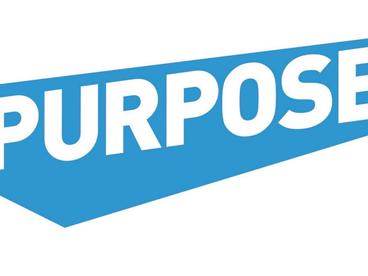
Revision Strategies: Reverse Outlining
When students are preparing large projects and writing long documents, occasionally the goal of meeting page length requirements gets in the way of effective organization and revision. Students can quickly go from worrying about having enough material to concern for having too much writing, and once a student has written a lot, they may be hesitant to delete evidence of their hard work. This month’s Teaching with Writing Tip introduces reverse outlining as a strategy to help students to consider strategies for effective revision and reorganization of their documents.
What is a reverse outline? How do I teach students to write one?
Reverse outlining is an activity that asks writers to consider the content and purpose of each of the paragraphs that make up their longer documents. The activity assumes that students will begin with a nearly completed draft of their final document.

First, the writer reads each paragraph of the document independently and attempts to summarize the paragraph’s meaning or topic in a few words. Ideally, this will be easy to determine from topic sentences, although writers may learn that long paragraphs may contain multiple topics (which might encourage a revision to clarify focus). The brief topics should be written down the left margin of the document, providing a skimmable list of what each paragraph says.
Next, writers look at the same paragraphs and determine the purpose or function of each paragraph they have written. Writers essentially ask, “What is the role of this paragraph within the larger argument or structure of the document?” In answer to this question, writers should clarify the role of the paragraph in advancing the argument or satisfying the demands of a particular section.
When these tasks are completed, the annotations might look like this:
| Topic: What it Says | Text" What was Written | Purpose: What it Does |
|---|---|---|
| Novice writers need to see implicit organization | Because of the nature of audiences in professional and technical environments, document organization is commonly one of the most important challenges writers must address. However, before novice writers can imagine an organizational structure that might be more effective, they have to be able to see and understand the organization that exists within the document. As Redish et al. note, “revision involves making the tacit explicit” (1985). | Justifies need for intervention |
What can students do with a reverse outline?
The left column provides a topical outline of the document. The writer can review the information provided to look for opportunities to bring common topics together and potentially eliminate redundancy. Similarly, the writer can revise unfocused or multifocal paragraphs for clarity. In some cases, the topic description could suggest alternative language for a topic sentence. Also, the topical outline can be an effective check on the sufficiency of the document in meeting assignment criteria.
The right column will allow students to see where and how they are using writing to advance their overall project. If items appear out of place or redundant, students can adjust the organizational structure and move paragraphs around to satisfy their overall purposes. For instance, a paragraph on the advantages of a particular methodological decision could be taken from the method section and placed in the discussion to clarify its contribution to the significance of results. Conversely, a description of tools and techniques in the results discussion could be moved to the methods section to place greater emphasis on outcomes. This focus on purpose demands that students are intentional in their organizational choices. The function column may also draw attention to weakly connected or absent sections of the document.
Extending the value of the outline
Reverse outlines can be used to identify extraneous paragraphs. If a paragraph addresses a topic no longer relevant to the document or seems to fulfill a function already accomplished by a better paragraph, instructors can encourage students to create a “capture file” for their document. Rather than merely deleting the paragraph, a capture file allows students to paste their writing into a reserved document and preserve their work. As continuing revision changes the document, the writer can review the capture file to see if elements that were once extraneous can find new purposes.
Using both the topic and purpose data can help students understand how to write transitions more effectively. When paragraphs have common purposes, a writer can be encouraged to use parallel structures. Similarly, if paragraphs build upon one another, transitional sentences can be used to establish subordination or to use prediction as a means of maintaining flow.
Learn more
- Cynthia L. King. Reverse Outlining: A Method for Effective Revision of Document Structure.
- Thompson Writing Program, Duke University. Reverse Outlining.
Further support
Visit us online at https://wac.umn.edu/tww-program. To schedule a phone, virtual, or face-to-face teaching consultation, click here.
Our purpose is to provide practical strategies for teaching with writing. Our goal is to offer timely and pragmatic support to faculty members and instructors who teach with writing in undergraduate and graduate courses in all disciplinary areas.
- Log in to post comments